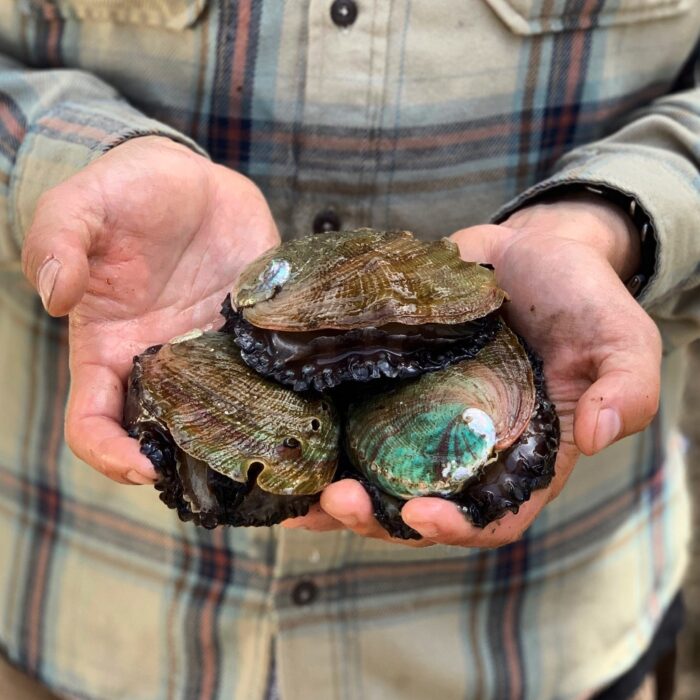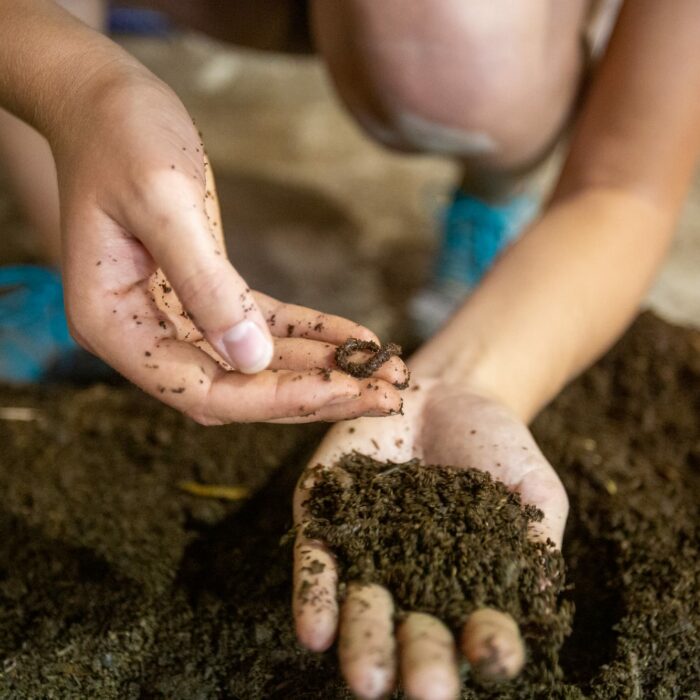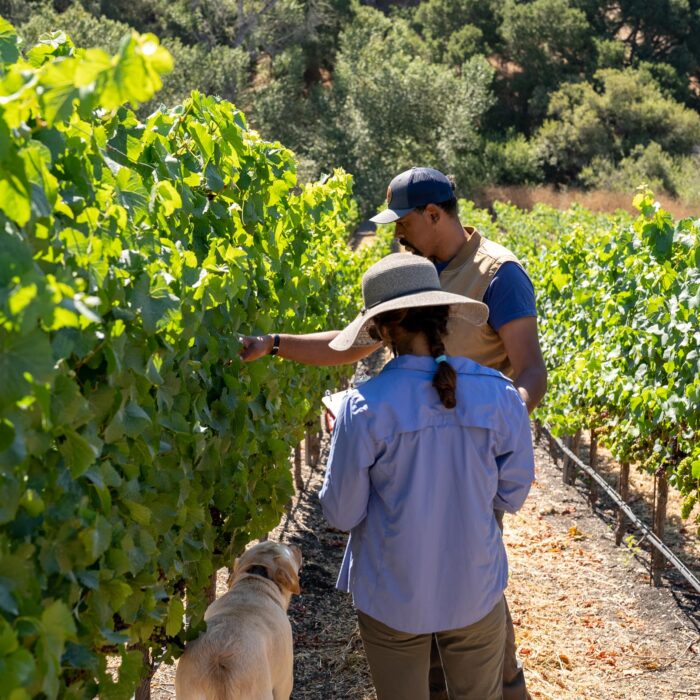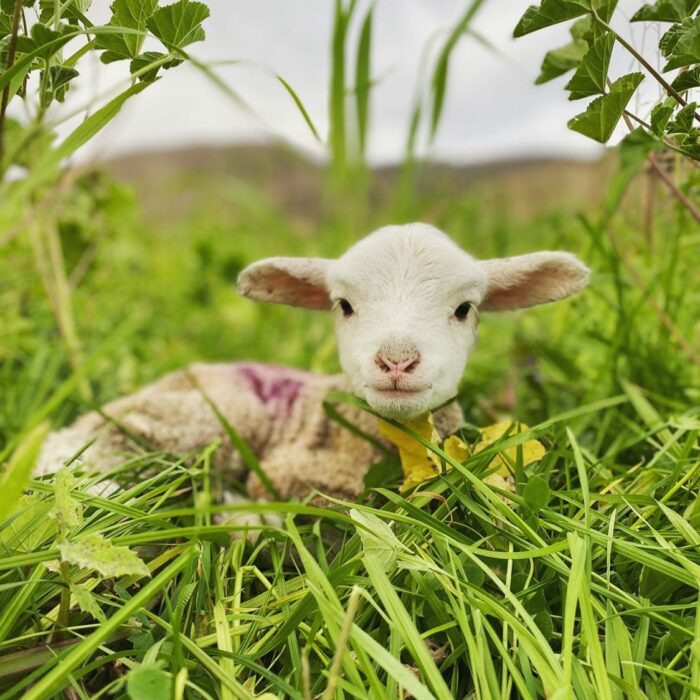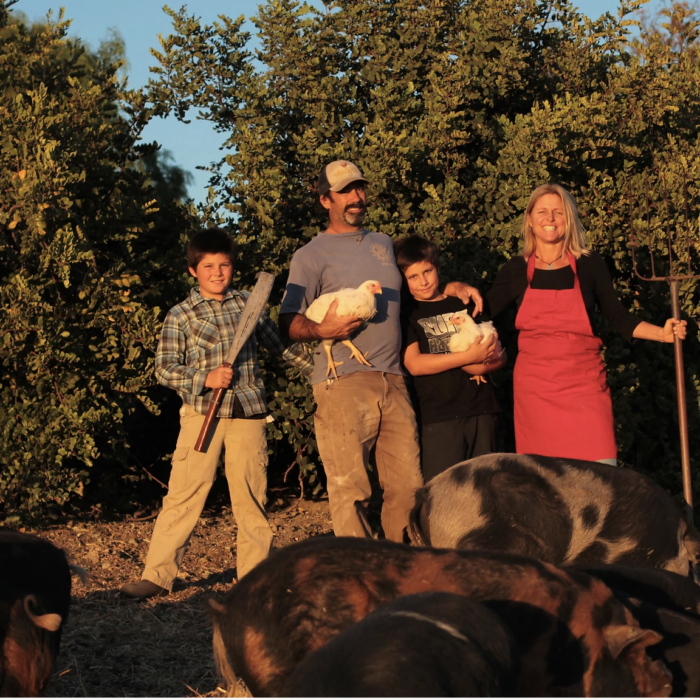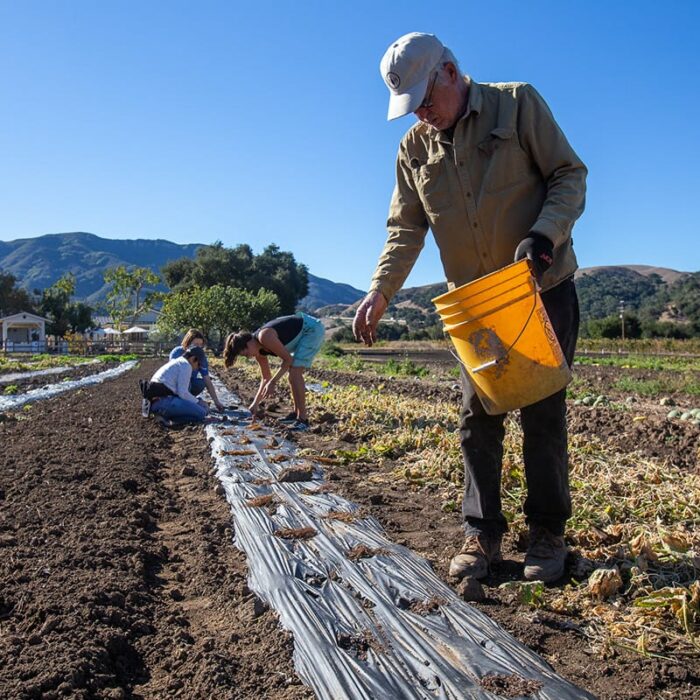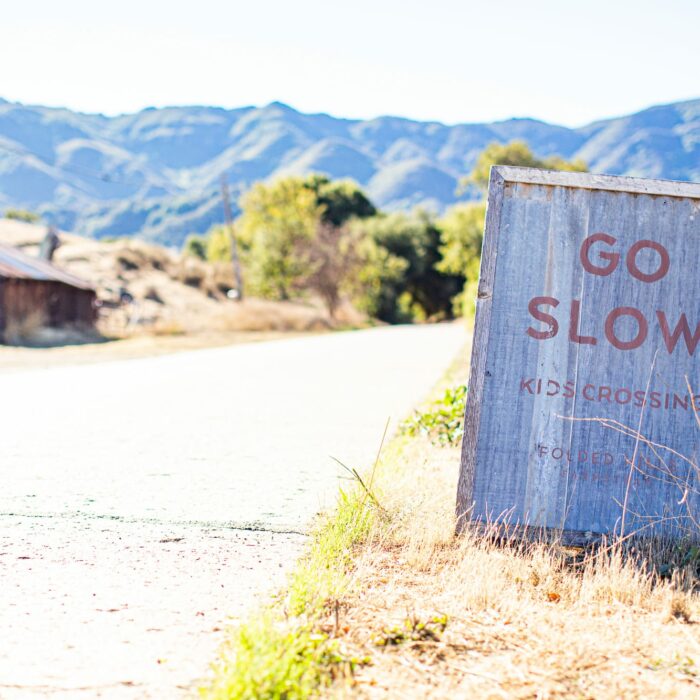California’s largest rural Mediterranean coastline is located right here in Santa Barbara County, just west of the City of Santa Barbara. The rugged Gaviota Coast stretches 76 miles from Eastern Goleta to Point Conception and is one of just a handful of locations worldwide where the geographical landscape lends itself to a diversity of ecosystems, including rangeland, subtropics, and oak woodlands. For more than 200 years, the region’s unique climate and fertile soil have made it an ideal spot for farmers and ranchers to grow food, run cattle, and live off the land.
Over the past few decades, the Gaviota Coast, like many places where food is grown, has faced increasingly prolonged droughts and declining rainfall. As these climate impacts become more severe, food producers are turning to environmental regenerationEnvironmental Regeneration: Systems of growing food that reclaim carbon and nutrients on the land by increasing biodiversity, building soil health, and improving watersheds to produce healthier food and lessen the impacts of climate change. to build healthy soils, increase carbon sequestrationCarbon Sequestration: Carbon sequestration is the long-term removal, capture or sequestration of carbon dioxide from the atmosphere to slow or reverse atmospheric CO2 pollution and to mitigate or reverse global warming., prevent food waste, and reduce water use. Fortunately, many food system actorsFood System Actors: Individuals who are growing, harvesting, processing, packaging, transporting, marketing, distributing, disposing of, or eating food. in this region are hard at work stewarding the land to help ensure we continue to have accessFood Access: A person’s ability to access food while considering many barriers such as geography, transportation, availability of healthy foods, and affordability. to a thriving and resilient foodshed.
Farmers, ranchers, and aquaculturistsAquaculturists: Also known as aquafarming, the farming of fish, crustaceans, mollusks, aquatic plants, algae, and other organisms. are employing practices like vermicompostingVermicomposting: The product of the decomposition process using various species of worms, usually red wigglers, white worms, and other earthworms, to create a mixture of decomposing vegetable or food waste, bedding materials, and vermicast., silvopastureSilvopasture: Silvopasture is the practice of integrating trees, forage, and the grazing of domesticated animals in a mutually beneficial way. It utilizes the principles of managed grazing, and it is one of several distinct forms of agroforestry., agroforestryAgroforestry: Agroforestry is the intentional integration of trees and shrubs into crop and animal farming systems to create environmental, economic, and social benefits. It has been practiced in the United States and around the world for centuries., rotational grazingRotational Grazing: Rotational grazing is the practice of containing and moving animals through pasture to improve soil, plant, and animal health. Only one portion of pasture is grazed at a time while the remainder of the pasture “rests.” To accomplish this, pastures are subdivided into smaller areas, referred to as paddocks, and livestock are moved from one paddock to another. Resting grazed paddocks allows forage plants to recover and deepen their root systems., and closed-loop systemsClosed-Loop System: As opposed to a linear food system that follows the consumption of food from field to plate to waste, a closed-loop food system is a more sustainable model that follows food from field to plate to field with little or no waste. that add more back to the land than they take away. Organizations like the Gaviota Coast Conservancy and Wild Farmlands Foundation are working alongside these critical land stewards to support their efforts – and encourage more to adopt regenerativeEnvironmental Regeneration: Systems of growing food that reclaim carbon and nutrients on the land by increasing biodiversity, building soil health, and improving watersheds to produce healthier food and lessen the impacts of climate change. practices. Despite the rural locale, more consumers than ever are supporting these efforts through their purchases of value-added productsValue-Added Products: A change in the physical state or form of the product (such as milling wheat into flour or making strawberries into jam). The production of a product in a manner that enhances its value (such as organically produced products)., closing the gap between the farm and their table, and ultimately galvanizing a more resilient food system for all of us.

